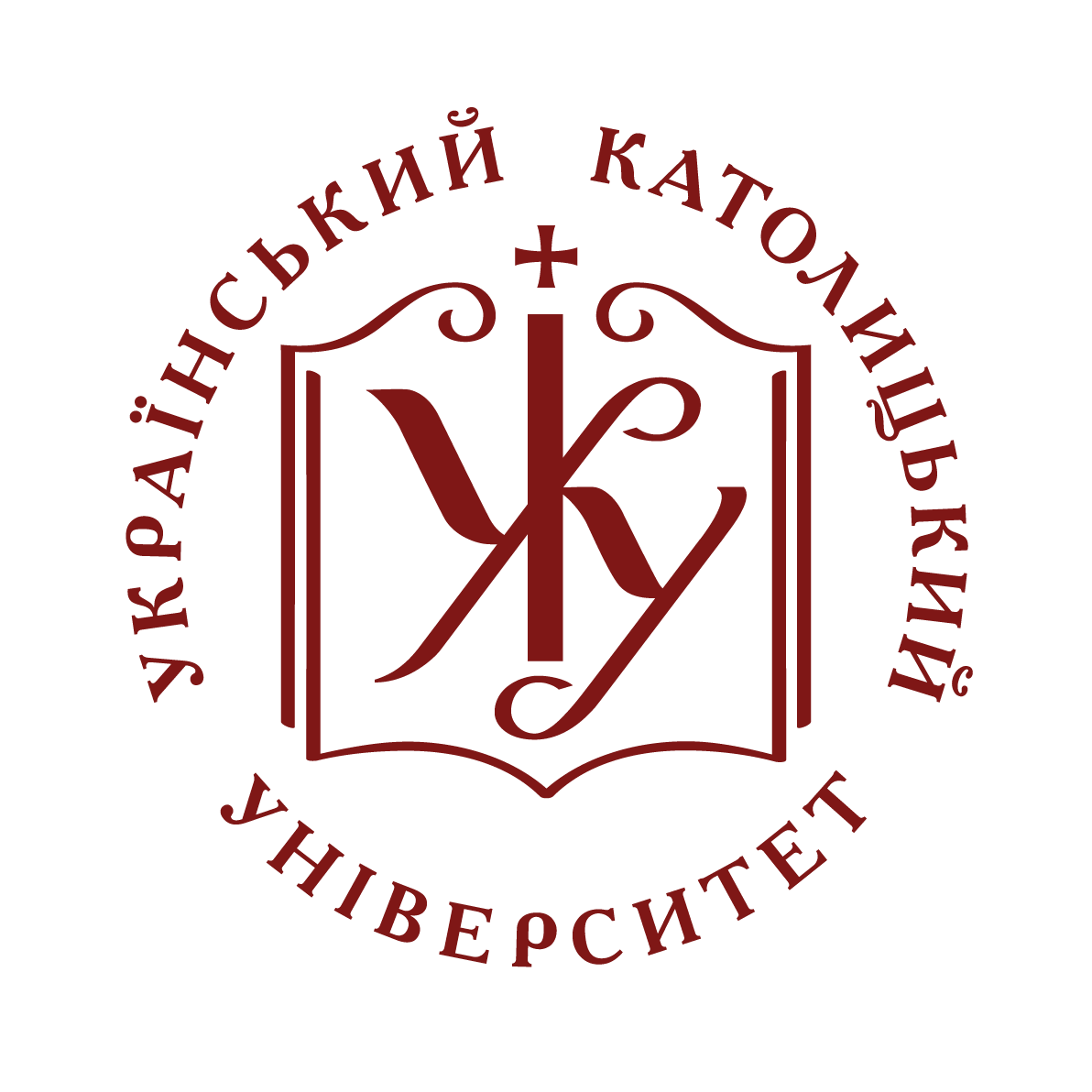- Домівка
- →
- Students Research & Project Works | Роботи студентів
- →
- Факультет прикладних наук
- →
- Освітня програма наук про дані
- →
- 2024
- →
- Перегляд матеріалів
Сценарії JavaScript вимкнено для Вашого браузера. Деякі функції цього сайту не будуть працювати без них.
Показати скорочений опис матеріалу
| dc.contributor.author | Hembara, Ostap
|
|
| dc.date.accessioned | 2024-08-22T10:27:22Z | |
| dc.date.available | 2024-08-22T10:27:22Z | |
| dc.date.issued | 2024 | |
| dc.identifier.citation | Hembara Ostap. Leveraging Depth Maps and 3D Gaussian Splatting for Camera Pose Recovery and 3D Scene Reconstruction. Ukrainian Catholic University, Faculty of Applied Sciences, Department of Computer Sciences. Lviv 2024, 44 p. | uk |
| dc.identifier.uri | https://er.ucu.edu.ua/handle/1/4666 | |
| dc.language.iso | uk | uk |
| dc.subject | Leveraging Depth Maps | uk |
| dc.subject | and 3D Gaussian Splatting | uk |
| dc.subject | Camera Pose Recovery | uk |
| dc.subject | 3D Scene Reconstruction | uk |
| dc.title | Leveraging Depth Maps and 3D Gaussian Splatting for Camera Pose Recovery and 3D Scene Reconstruction | uk |
| dc.type | Preprint | uk |
| dc.status | Публікується вперше | uk |
| dc.description.abstracten | In recent years, the field of 3D scene reconstruction has witnessed significant ad- vancements, fueled by growing interest in applications ranging from augmented reality to autonomous navigation. A key component of this progress has been the development of Neural Radiance Fields (NeRF), which have revolutionized the way we render and interact with 3D environments. Despite these advancements, the process of camera pose estimation remains a bottleneck, often requiring extensive computational resources and time. This thesis introduces an innovative approach that leverages 3D Gaussian Splatting, a technique that provides a more explicit rep- resentation during both the rendering and training phases, enhancing the efficiency and clarity of 3D reconstructions. Specifically, we focus on a method that utilizes es- timated monocular depth maps to recover camera poses, which are then used to re- construct the 3D scene. This methodology not only simplifies the traditional pipeline by obviating the need for direct pose estimation but also improves the speed of the reconstruction process. We evaluate our approach using both synthetic and real- world datasets, in order to see it performance in different scenarios. | uk |
Долучені файли
Даний матеріал зустрічається у наступних зібраннях
-
2024 [23]


